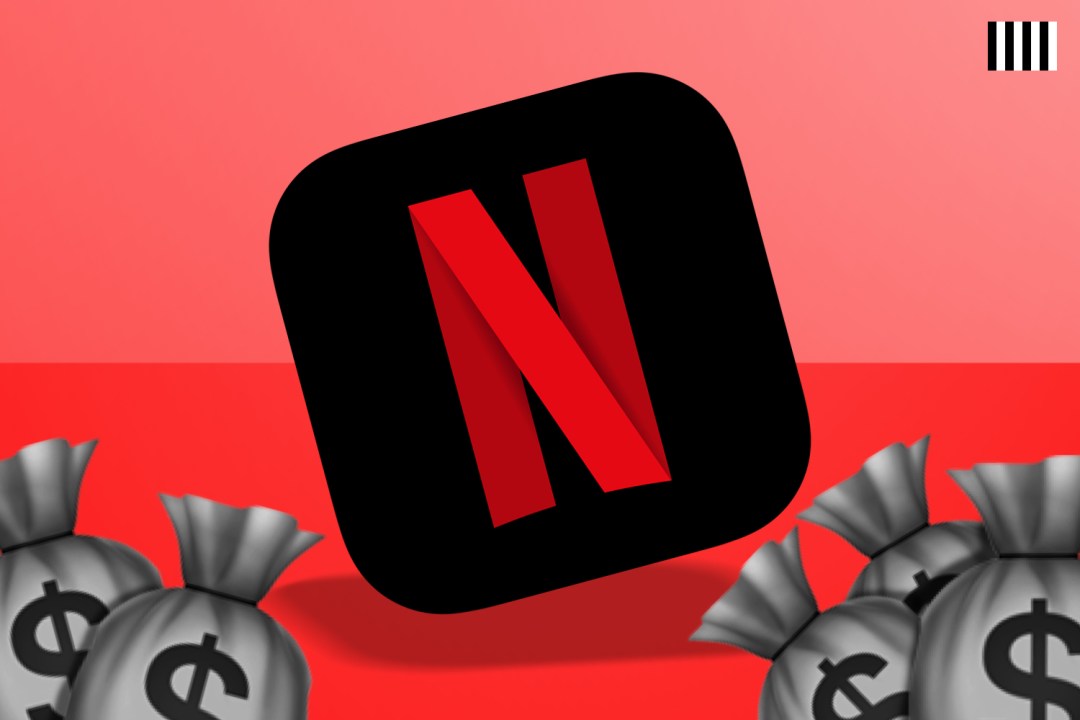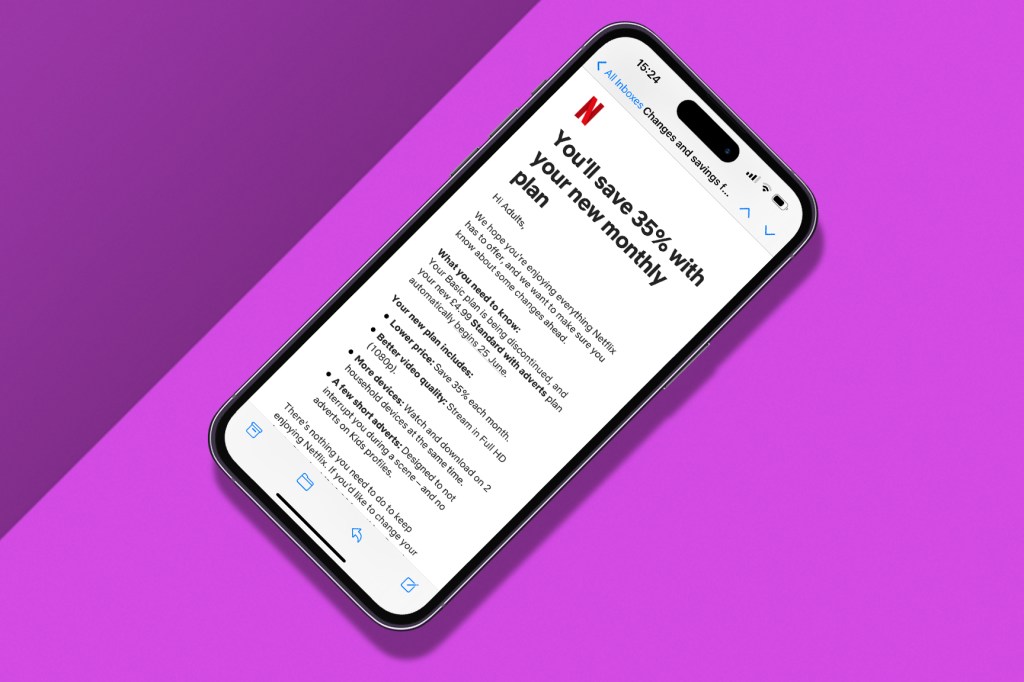Sorry, Netflix: I don’t want your ‘with adverts’ plan – here’s why
As streaming prices soar and affordable plans are spoiled, I’m choosing ‘no plan’ over a ‘ruined with ads’ plan

I received an email from Netflix this week, promising me a glorious 35% saving on my monthly plan. How exciting! With streaming costs skyrocketing, it sure was nice to discover Netflix is different. Netflix cares. Instead of paying the usual £7.99 per month, I’m now going to pay less for “better video quality” and “more devices”. Oh, and a Netflix plan “with adverts”. Wait. What?
Fortunately, this wasn’t a surprise. I’d been preparing for this day ever since writing about how Netflix loves adverts more than it loves you. Mostly by grumbling about Netflix binning the ad-free Basic plan I’ve been clinging to for dear life. But no more, because Netflix needs more money.
The thing is, pitching downgrades in the user experience as a benefit is getting old. “Good news, everyone! We’re ramping up your streaming to super-duper-high-quality. You’ll love seeing all the fine details in your favourite shows. (And adverts.)” What was that last bit? “Nothing!”
But will people tolerate Netflix with adverts? Probably. Ads may wreck momentum in whatever you’re watching, but price cuts are always a winner. Even though subsequent price rises mean ‘Netflix with adverts’ will soon enough cost as much as Basic does today.
It doesn’t ad up

The thing is, I loathe ads. Every YouTube session is a painful reminder. And I recently braved a month of Prime Video, with its new injection of adverts. I’d get to the tense bit of a movie and – BAM! – nappy ads. No thanks.
Upgrading is the alternative – for £10.99 per month, I could be ad-free on Netflix once again. But whereas I was once happy to spend a fiver per month on a range of streaming services, I’m less thrilled to subscribe when each has headed well into double figures. We’ve gone from “Love is sharing a password” to “We love your money. So give us more money.”
We’re told there are business reasons for this. Prices were too low. Streaming services were propped up with investor money. But that’s not my problem. I was sold a service, which is now getting worse unless I pay more. And for what? Once, Netflix was the hub for all streaming goodness, from a range of studios. But many long ago took their balls home, aiming to replicate Netflix’s success, and instead found themselves stuck in the same money tar pit, desperately looking for a means of escape.
Cancel culture
So I was considering cancelling anyway. But I decided against doing so when the nine-year-old reacted to that prospect with all the fury a child could muster. And Netflix had wisely said child profiles will never see ads, presumably because parents prefer begrudgingly paying a fiver a month to keep the peace.
But, happily, the youngling is now hooked on iPlayer instead and barely shrugged when I brought up binning Neflix again. So I’m passing on the ‘ruined with ads plan’. And Standard. And also Premium, priced such that I’d expect the actors to perform shows live in my living room. Instead, I’m choosing ‘no plan’.
And Netflix at least gave me a heads-up, so I have almost two months to finally finish Black Mirror. All while pondering an increasingly dystopian ‘Netflix with adverts’ future, where the cheapest plan plasters your screen with ads when you pause, pauses ads when you’re blinking, or goes full retro by removing on-demand entirely. And you can bet even that – since you’d no longer having to choose what to watch or strain your pointer finger – would be sold as a perk.


